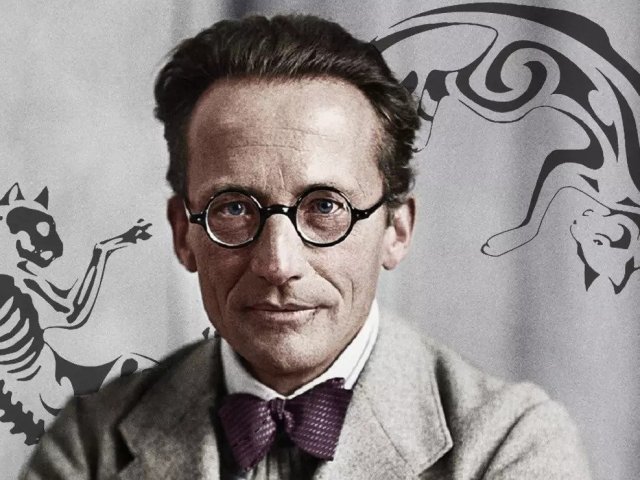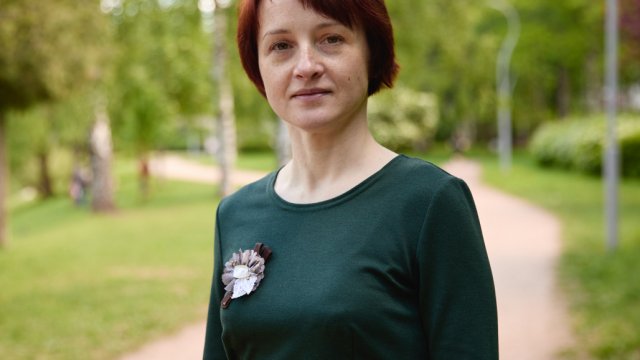Eco-friendly, safe, fast. Nowadays, there are ongoing disputes about whether a tram is really the transport of the future. Despite its advantages, some cities consider removing trams in favor of expanding roads. But even at the time of the tram invention, not everybody supported it. How did trams appear, and what role did the Russian inventor Fyodor Pirotsky play in this?
Before the iron machine was set in motion by electricity, the traction was generated by horses. This transport was called horse trams, and before that – omnibuses. The first horse trams appeared in the USA: in Baltimore, New York and New Orleans at the end of the 21st century. This transport was not perfect. It moved at a speed of only about 8 kph, there was even a joke: “Go on, horse tram, try catching up with a chicken.” However, the slow speed did not reduce the risk of injury, especially in the dark. In addition, one horse tram car required 10 horses on average, and they needed rest, care, and fodder.
Russian engineer Fyodor Appolonovich Pirotsky decided to improve the city railways and on August 22 (September 3), 1880, at 12 pm, a demonstration ride was held on an abandoned rail line at the corner of Bolotnaya Street and Degtyarny Lane in St. Petersburg on “a car running on rails by means of electric power.” Nonetheless, this innovation was not well received by society. The owners of horse-drawn rails would require huge investments to launch the trams, and they saw no additional benefits for themselves. The only innovation of the horse trams was the second deck – the imperial – its trip cost was cheaper because of less comfort. Moreover, women could not use it as climbing the stairs in dresses was a breach of etiquette. According to reports, Fyodor Pirotsky's experiments continued for several more September days. Despite its larger capacity – 40 passengers – the tram was already moving at a speed of about 36 kph.
“The city dwellers were delighted with the novelty, Pirotsky was triumphant, his friends predicted a great future for his brainchild. The inventor was shaken hands, congratulated… Alas, it was too early to celebrate success,” the “Electric Transport of St. Petersburg” website quotes Yakov Godes's book Etot novy stary tramvay [This New Old Tram]. Due to lack of funding, Fyodor Pirotsky did not continue his experiments. Later, an agreement with the owners of the horse-drawn railway was signed in St. Petersburg, and any new transportation type was forbidden before the agreement’s expiration (until 1902). Nonetheless, Fyodor Pirotsky's experiments drew interest of foreign entrepreneurs, including the Siemens brothers, who opened the first permanent electric tram line in Berlin in 1881. Independently of European achievements, Leo Daft launched an electric tram in America in 1885, but due to regular short circuits, this novelty had to be removed for some time in favor of time-tested horses.
Curiously, St. Petersburg managed to find a loophole in the contract between the city and the owners of horse-drawn railway before it expired, and electric-powered cars were launched on the ice of the Neva River. The owners of horse trams even filed a suit against the City Council, but the agreement only stipulated terms for the trams on the city streets; nothing was mentioned about the water.
Regular routes of electric trams in the Russian Empire were launched only in 1892 in Kyiv. The launch of tram routes in the capital was hindered by the fact that St. Petersburg layout was different from that of most Russian cities: the lines passed across 65 bridges; some of them could fail to withstand the weight of a tram with passengers, so they had to be reconstructed. And in order to connect all the city districts, it was necessary to build additional 208 km of rail tracks. That is why the tram appeared in the capital city of St. Petersburg only in 1907, making it the 27th among other cities of the empire. Nonetheless, this St. Petersburg remains the first to test a new transport.
Photo: rebius / ru.123rf.com
Sources:
Horse tram. Museum of Electric Transport.
The history of the tram. Museum of Electric Transport.
Long way to Vityaz, or How the Moscow tram changed. The Moscow Mayor official website.
On the 175th anniversary of Fyodor Pirotsky, the tram inventor and a street-art hero. Electric transport of St. Petersburg.
Fyodor Apollonovich Pirotsky. Wikipedia.
The history of the tram. Wikipedia.






















